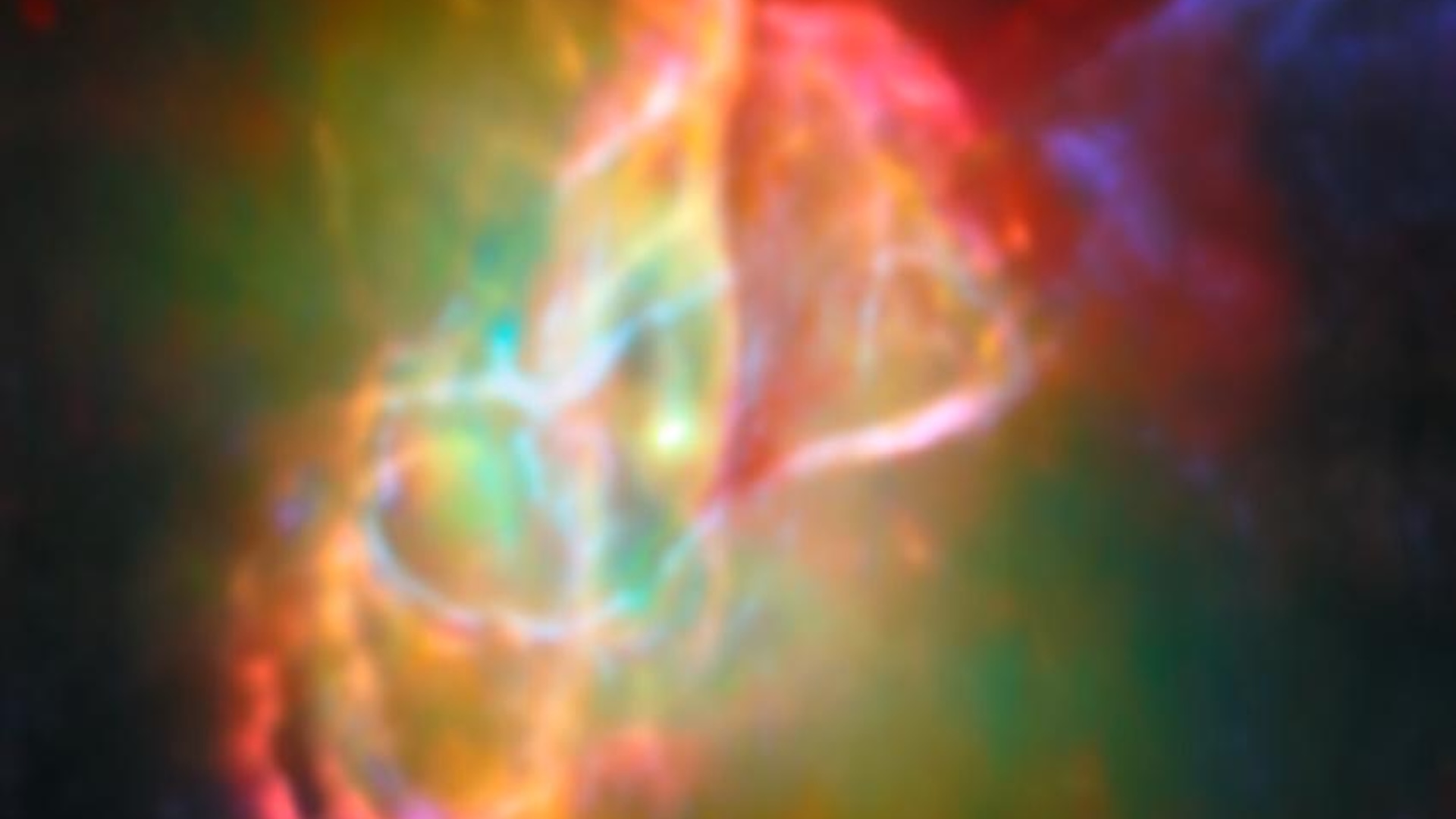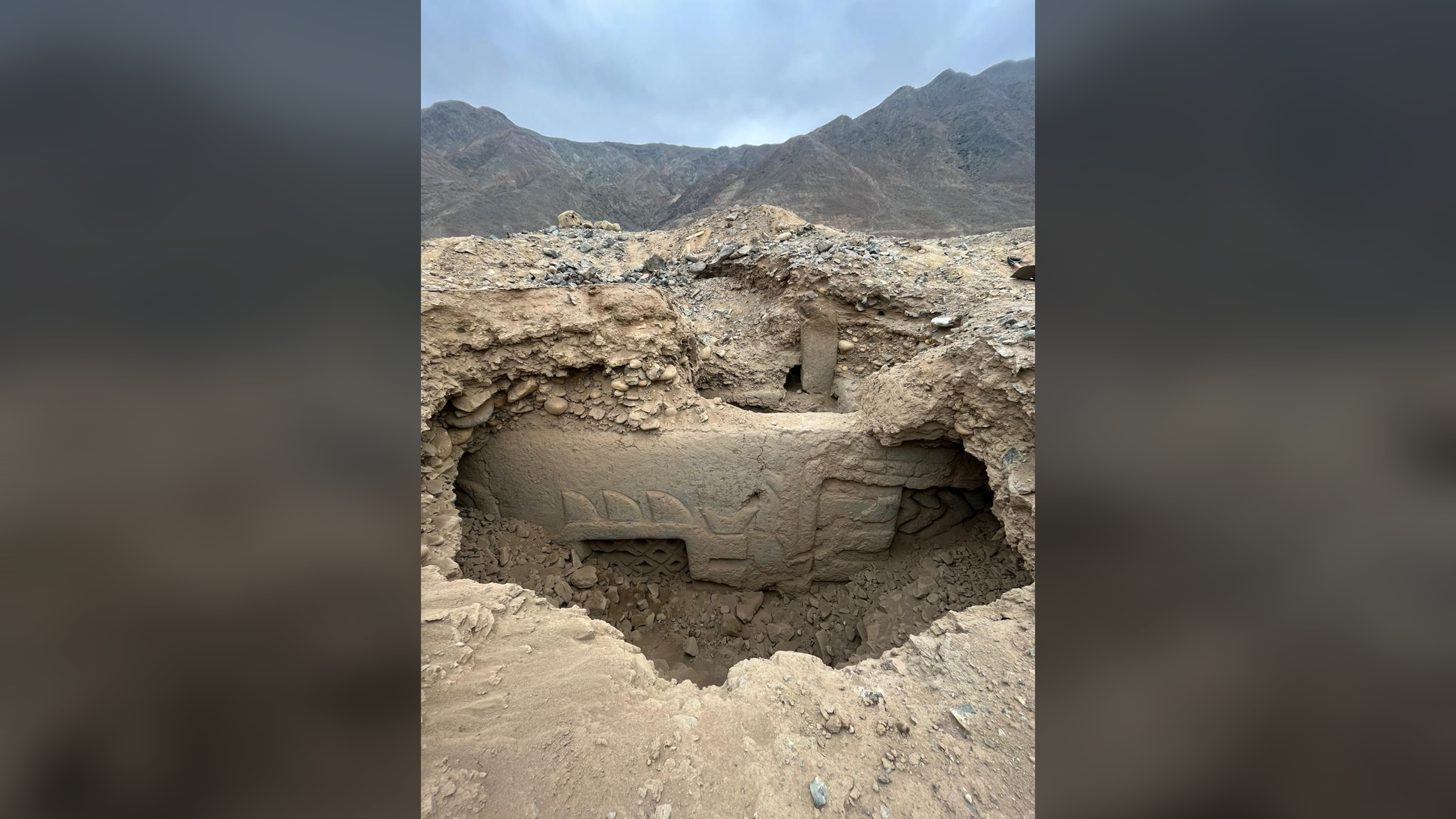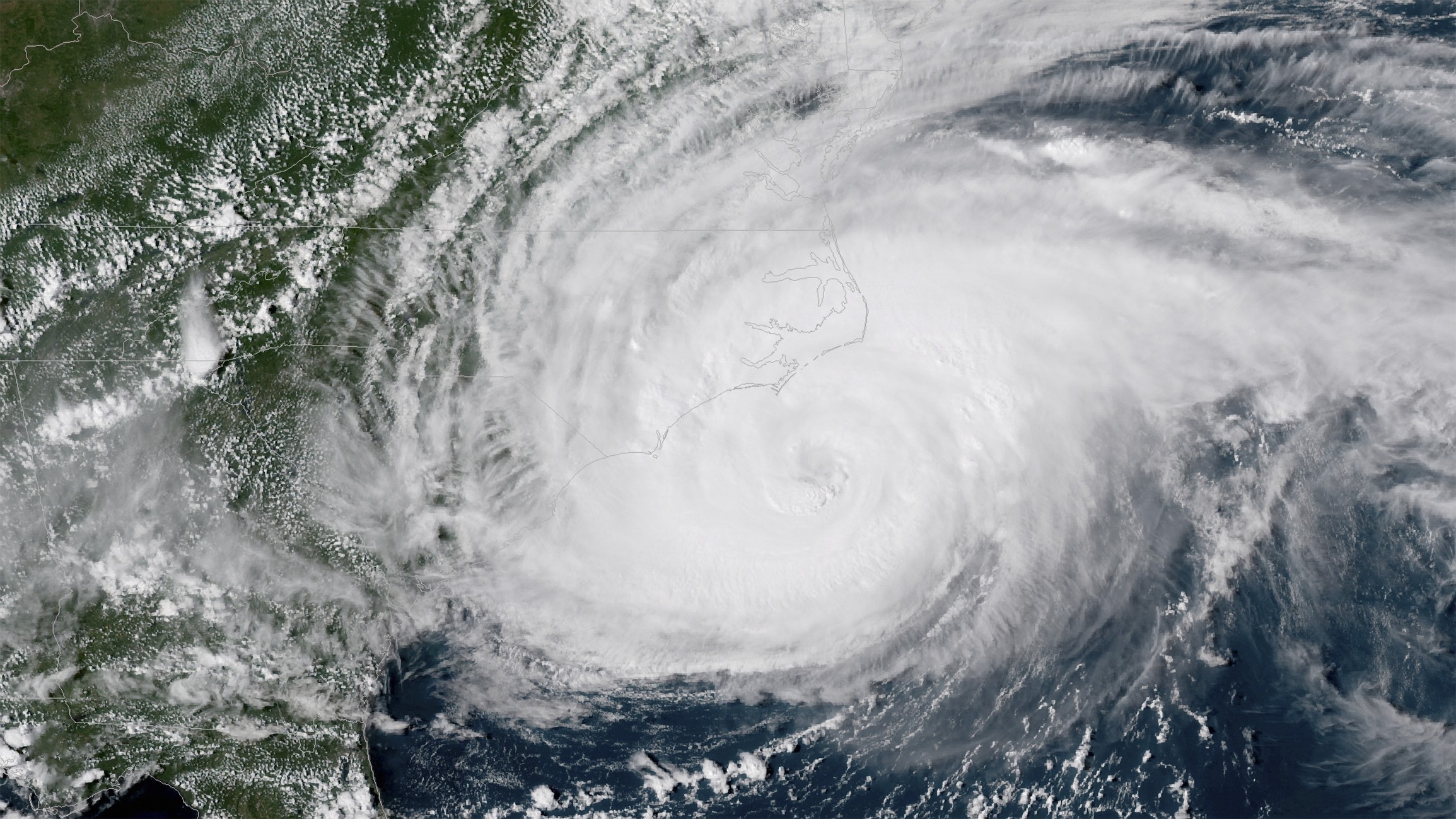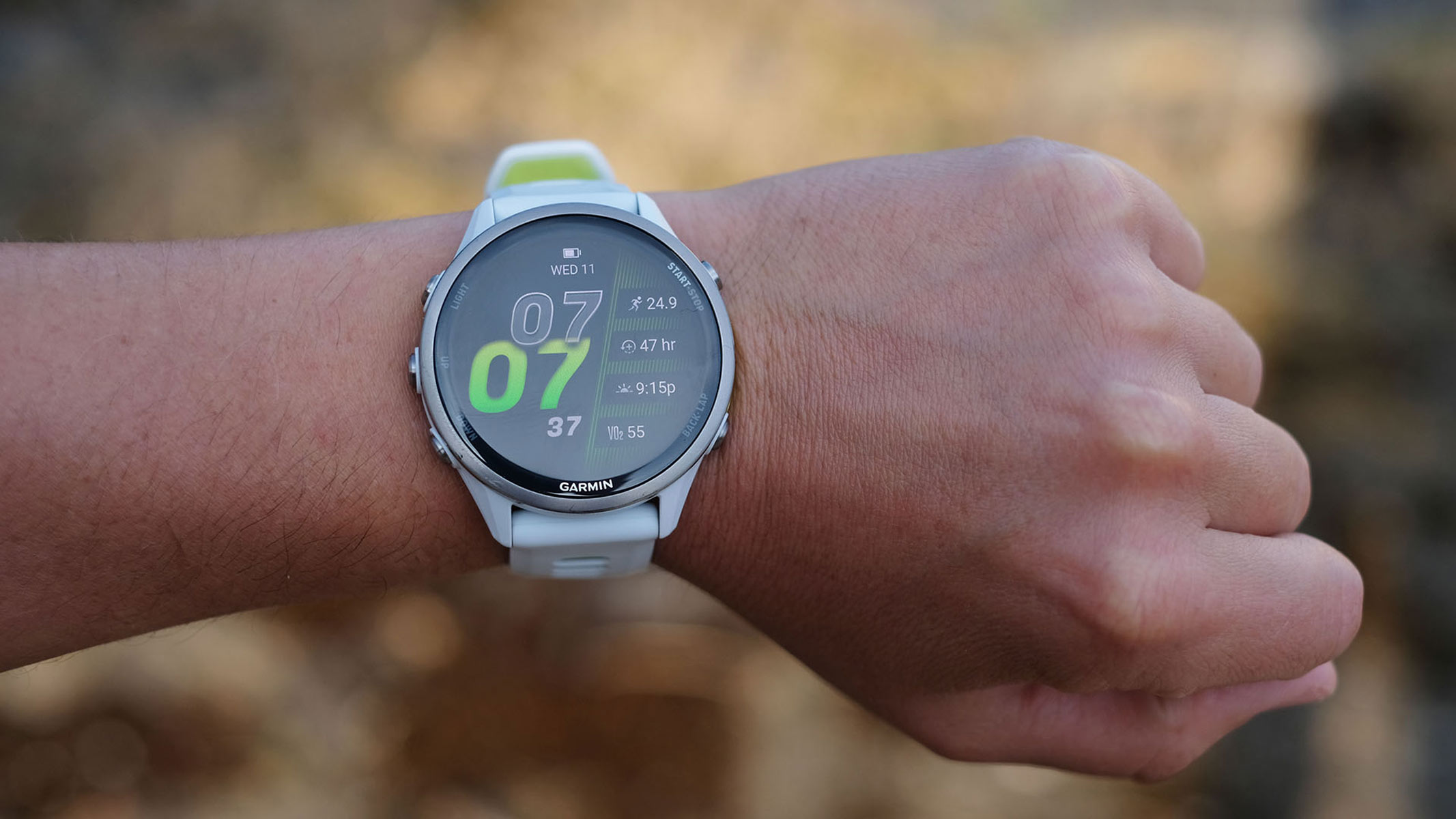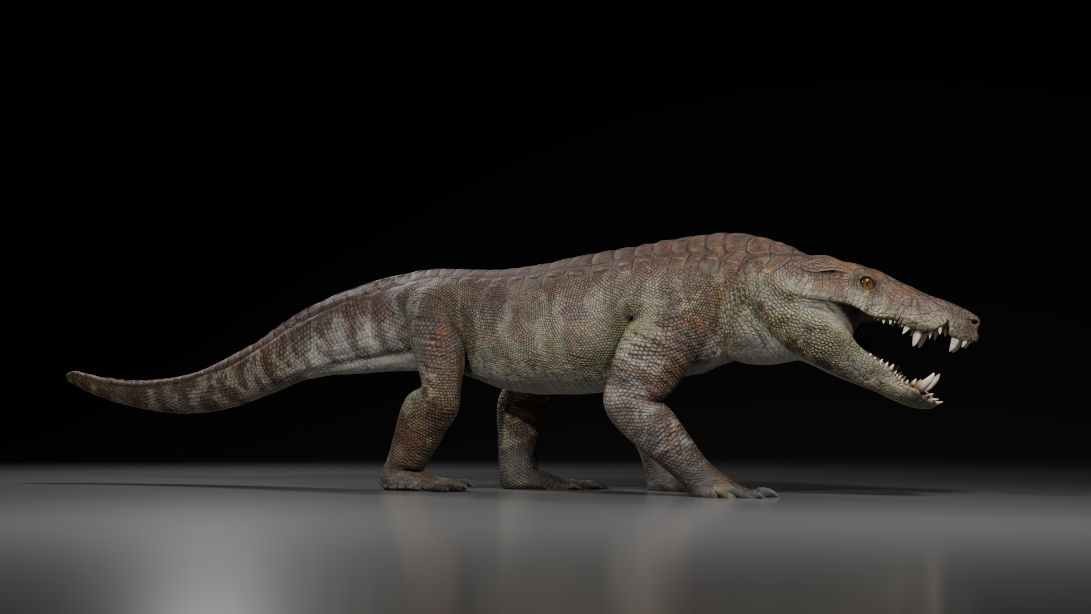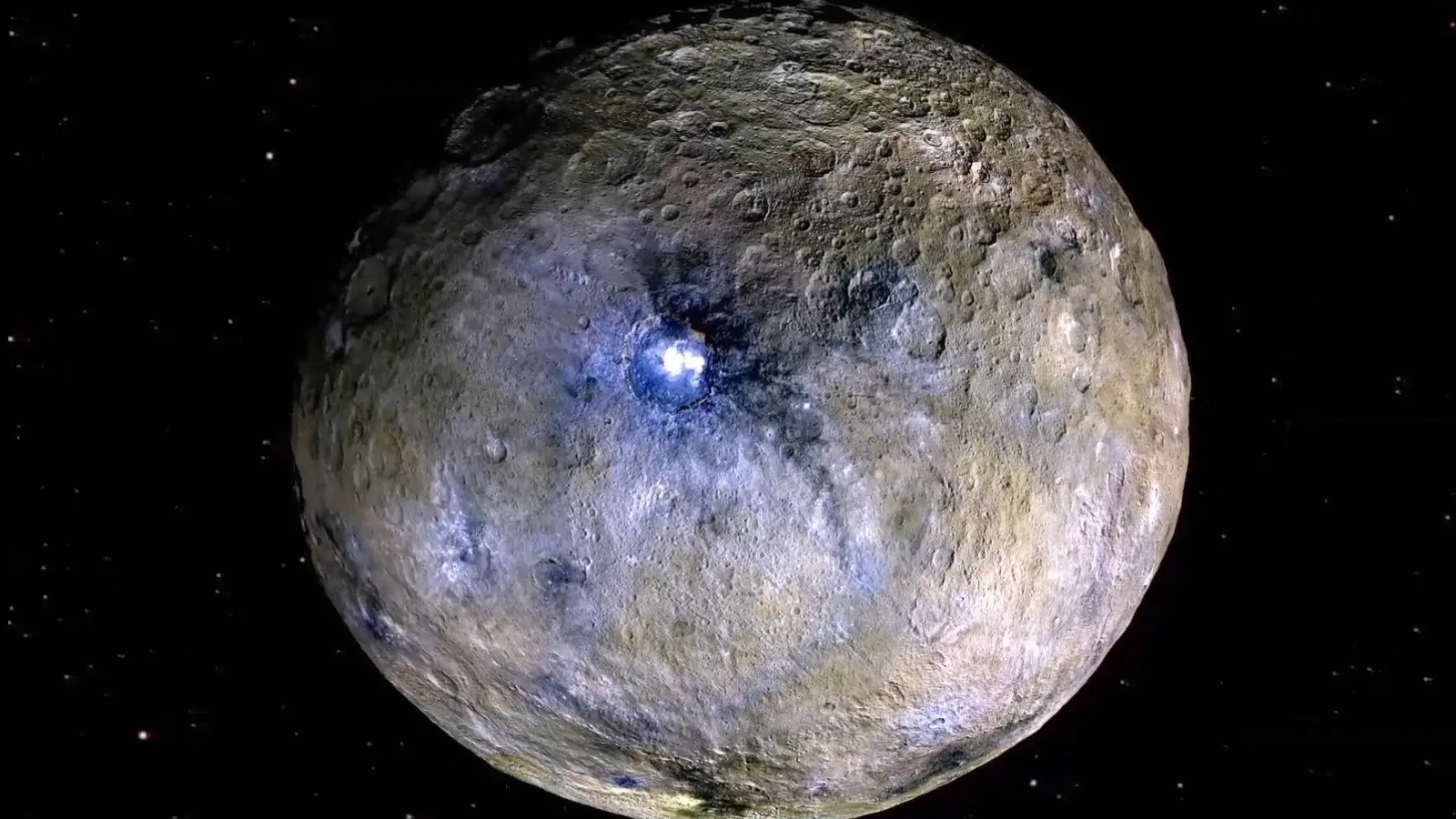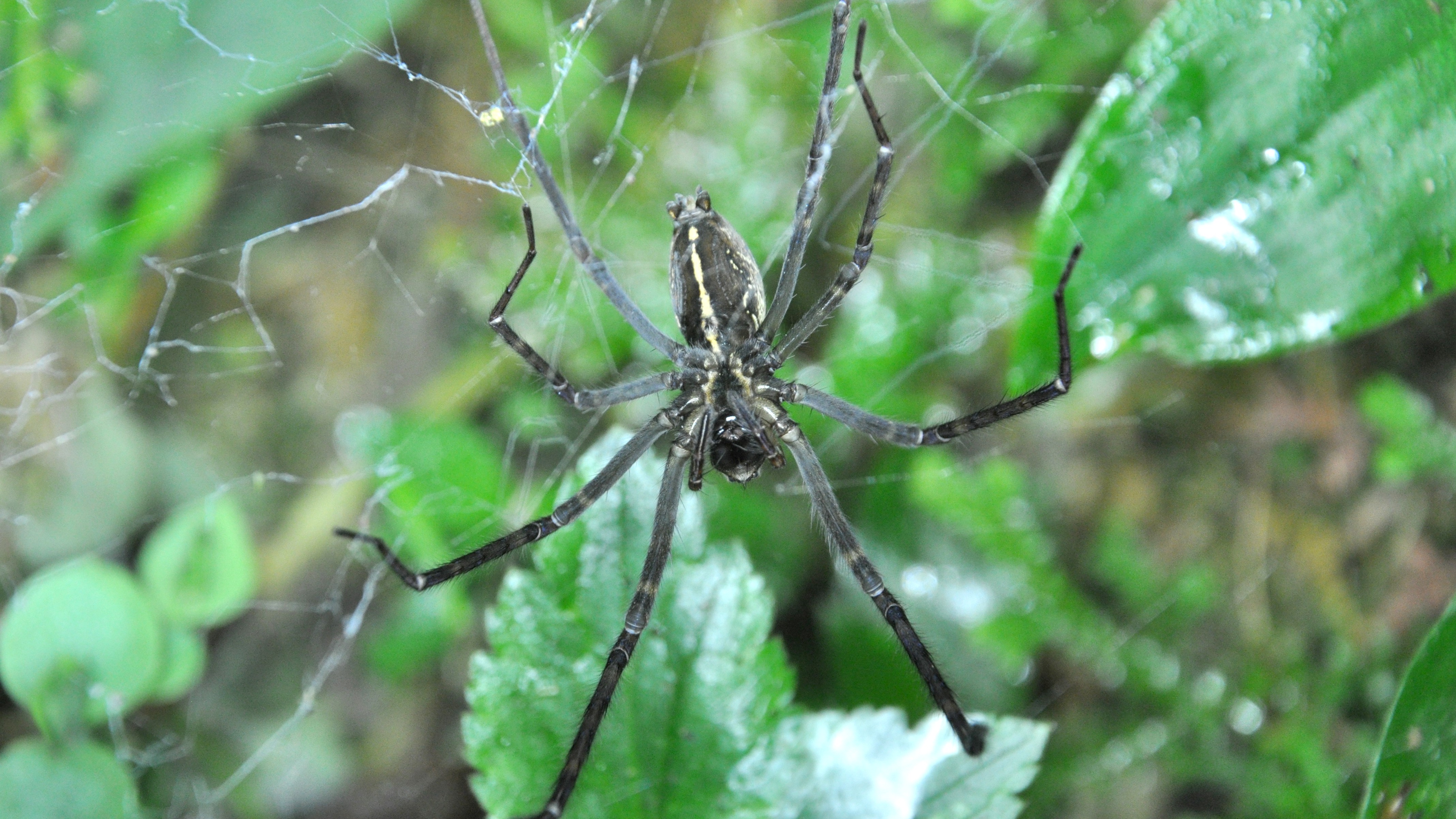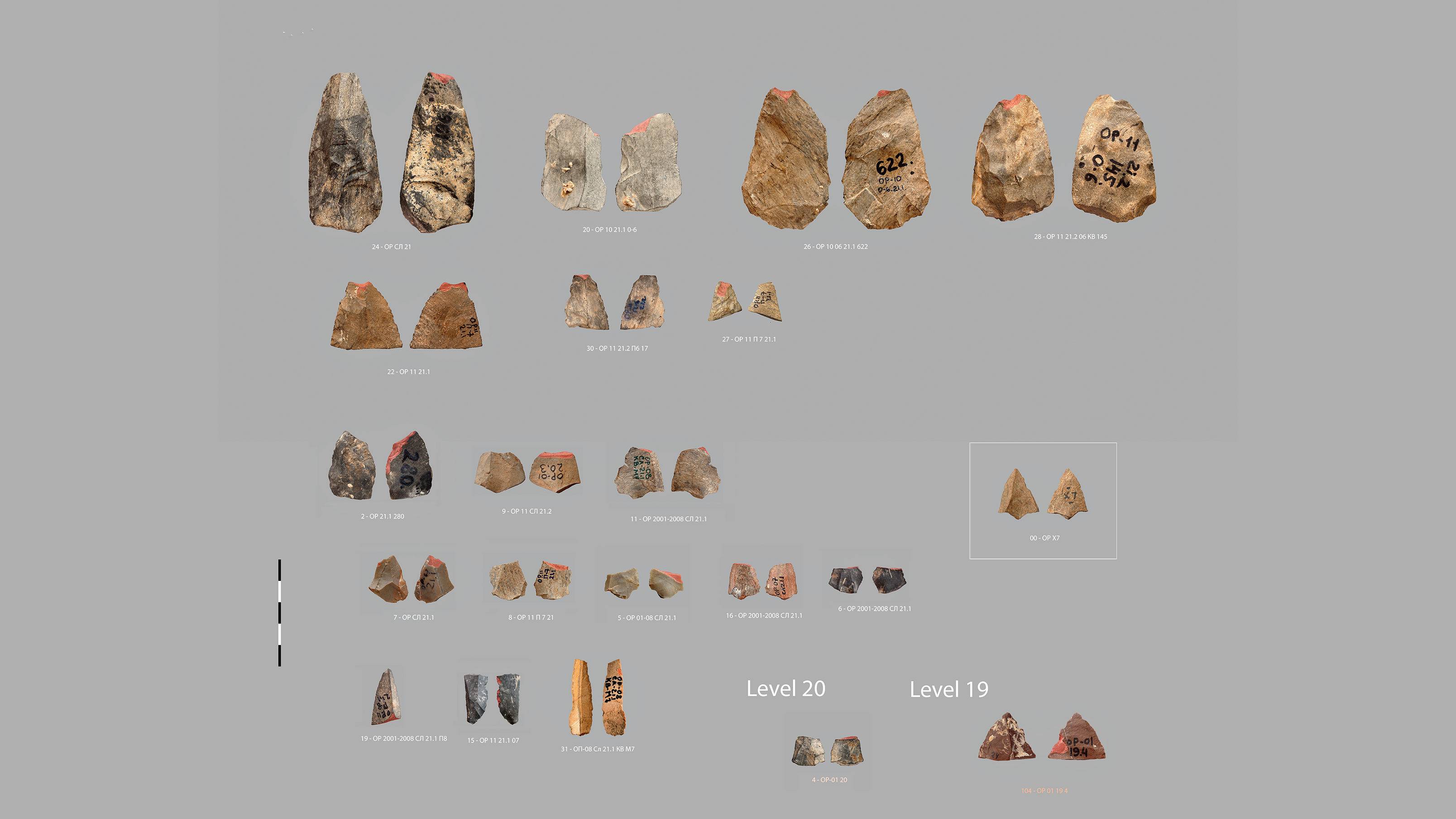Archaeologists have uncovered a massive 3D mural on the northwest coast of Peru. Blue, yellow, red and black paints still adorn the 3,000-year-old mural, which is decorated with fish, stars and mythological beings.
“The imagery, decorative techniques and exceptional state of preservation make this a truly unprecedented discovery in the region,” Cecilia Mauricio, an archaeologist at the Pontifical Catholic University of Peru who found the mural, told Live Science in an email.
Mauricio and her team began digging at the archaeological site of Huaca Yolanda in early July. During the first week of excavation, they uncovered the mural, which dates to the Formative Period (2000 to 1000 B.C.), so called because the first complex societies arose in what is now Peru at this time. The mural is nearly 20 feet (6 meters) long and 9.5 feet (2.9 m) tall.
The south face of the mural depicts a large bird with outstretched wings and a diamond motif on its head, Mauricio said, possibly representing an eagle or a falcon. On the north face, there are plants, stars and human-like figures that “seem to represent shamans,” who were powerful people in that time period, Mauricio said.
“Current evidence suggests that the mural decorated interior spaces within the main atrium of a Formative Period temple,” Mauricio said.
Related: Massive circular tomb filled with battle-scarred people unearthed in Peru
Huaca Yolanda was probably occupied at the same time as Chavín de Huántar, which was a major ritual site in the Andes before the birth of the Inca Empire. The Chavín civilization was located in the highlands and developed sophisticated agricultural techniques, metallurgy and textile production. People at this site left behind murals that depict jaguars and reptiles that are predators in the jungle lowlands.
But the mural at Huaca Yolanda is different from those found at Chavín because it reflects a distinctive coastal artistic tradition, including imagery of fish and fishing nets.
Unlike Chavín, Huaca Yolanda is not an officially protected archaeological site. In a statement from the Pontifical Catholic University of Peru, Mauricio is asking the Peruvian Ministry of Culture, regional authorities and heritage organizations to safeguard the site to preserve this rare window into a formative and sophisticated past.


